Trier is one of the most popular German tourist destinations, and it’s been part of UNESCO’s World Heritage List since 1986. This beautiful and lively university town has a long history, and it experienced its heyday twice: during Roman times and in the Middle Ages.
Trier was established in 16 BC with the name of Augusta Treverorum, and it soon became the capital of the Belgian Province of the Roman Gallia. It was also the residence of Emperor Constantine the Great in the IV century, and its importance is witnessed by ancient ruins and well-preserved buildings.
During the Middle Ages, it was the residence of the archbishops, who were also prince-electors, which made Trier extremely powerful and prosperous.
Its location close to the French border makes this city a mix of cultures that will surely impress any visitor!
Disclaimer: This post contains affiliate links. This means I will receive a small commission if you click on certain links and subsequently purchase a product.
Table of Contents
Visiting the Roman City of Trier in Germany
When is the best time to visit Trier?
The best time to visit Trier goes from May to September. Keep in mind that summer can be a bit rainy, even if it’s usually quite warm. Trier has plenty of attractions, so you should spend at least two days in town.
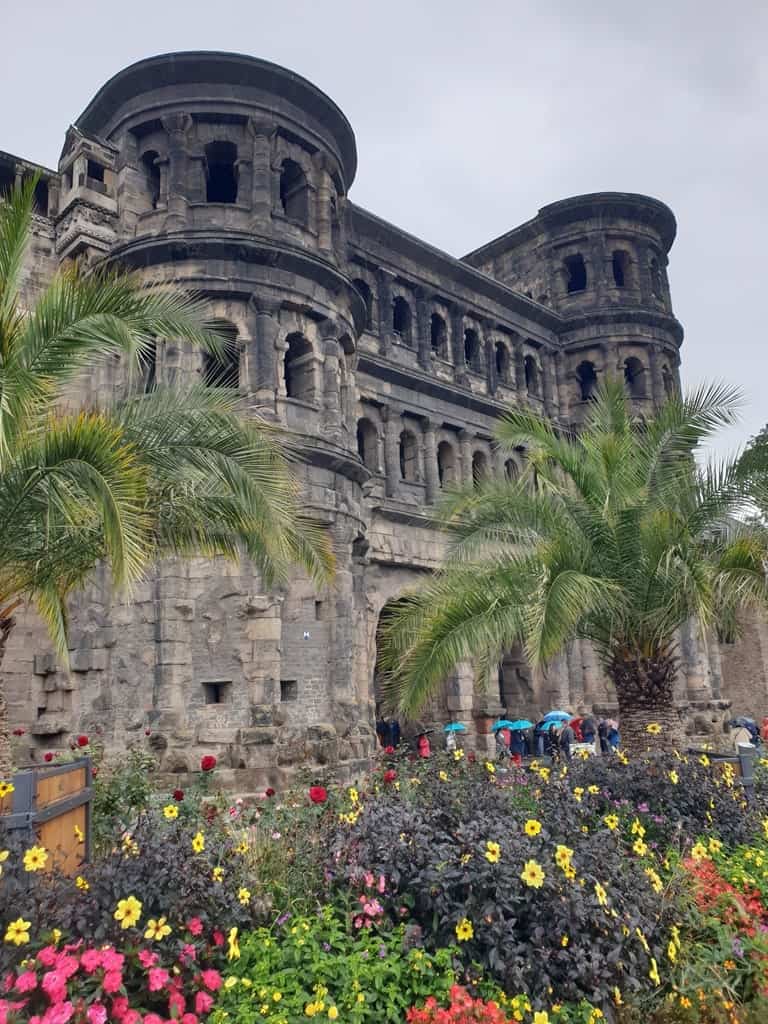
How to get to Trier
- By plane: the closest airport to Trier is located 33 Km from the city center of Luxembourg. You can also land in Cologne or Frankfurt and enjoy a road trip to reach Trier at your own pace.
- By train: Trier is very well connected to Cologne (3h) and Koblenz (2h)
- By car: you can get to Trier in about 1h20 from Koblenz, 2h15 from Cologne, and 2h30 from Frankfurt.
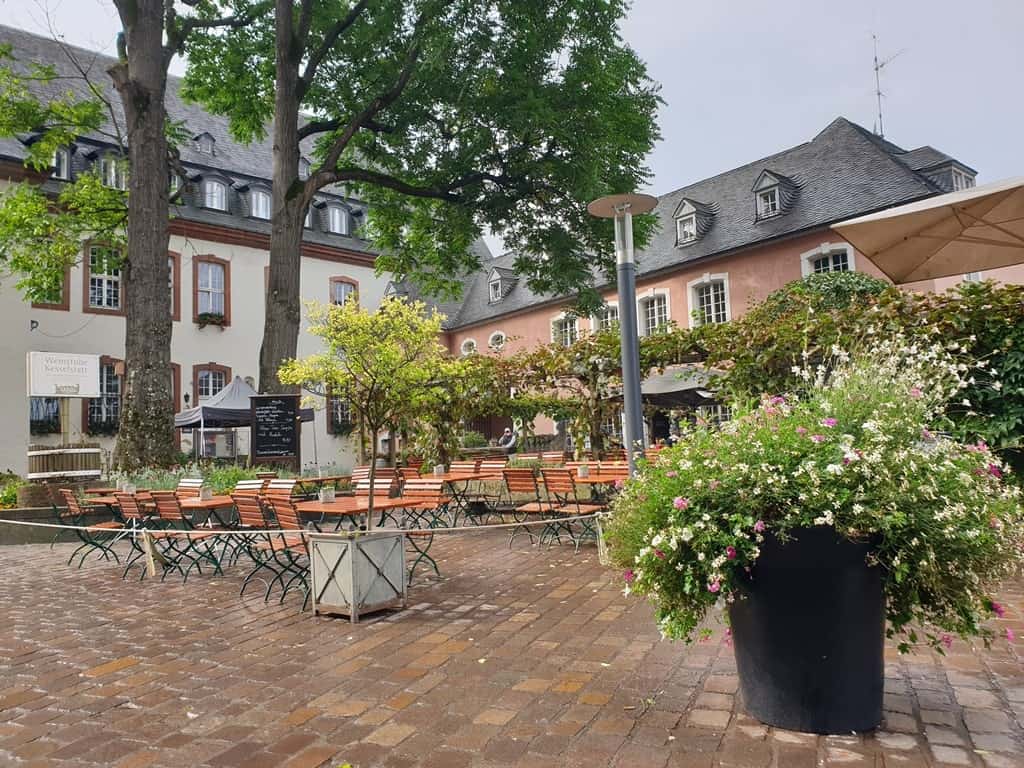
Where to stay in Trier
Park Plaza Trier: a trendy design hotel right in the pedestrian area of the city center. Every attraction is within walking distance, and you’ll be able to choose from a large number of restaurants and cafés nearby. This luxurious hotel also has its own spa. Click here for more information and to check the latest prices.
Hotel Deutscher Hof: a simple and cozy hotel in an excellent location. It’s a bit far away from the busiest neighborhoods, but you can still reach the river and the pedestrian area in about 10 minutes. It also has an indoor pool and a sauna. Click here for more information and to check the latest prices.
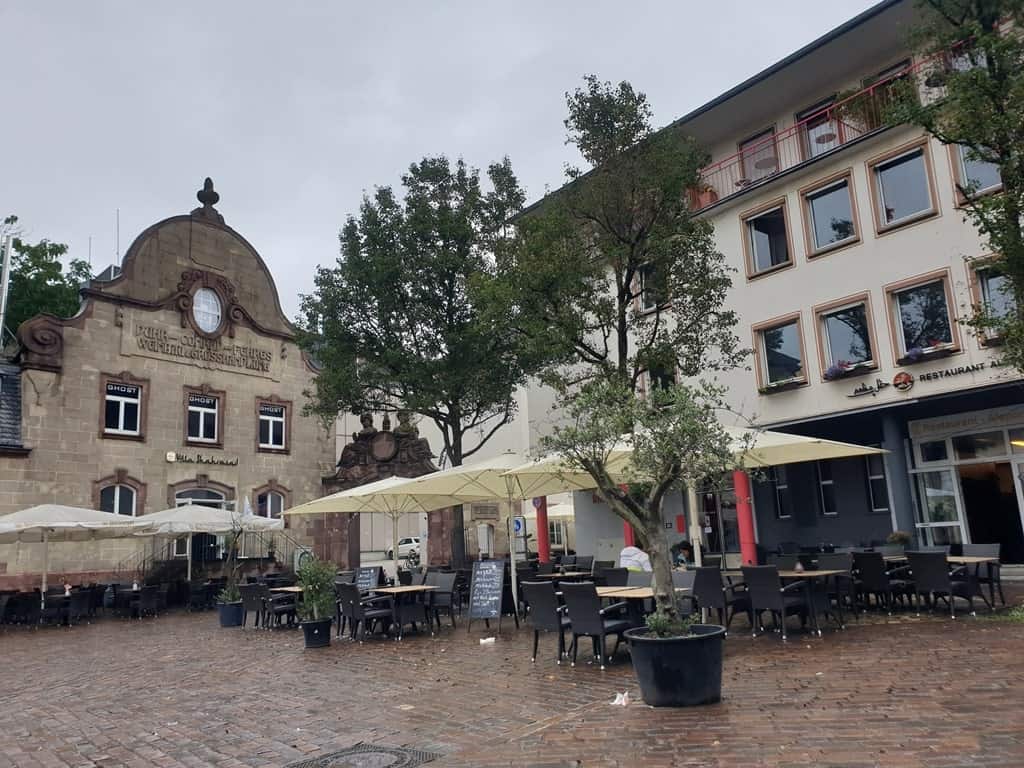
Things to Do in Trier
Take a picture of the famous Porta Nigra
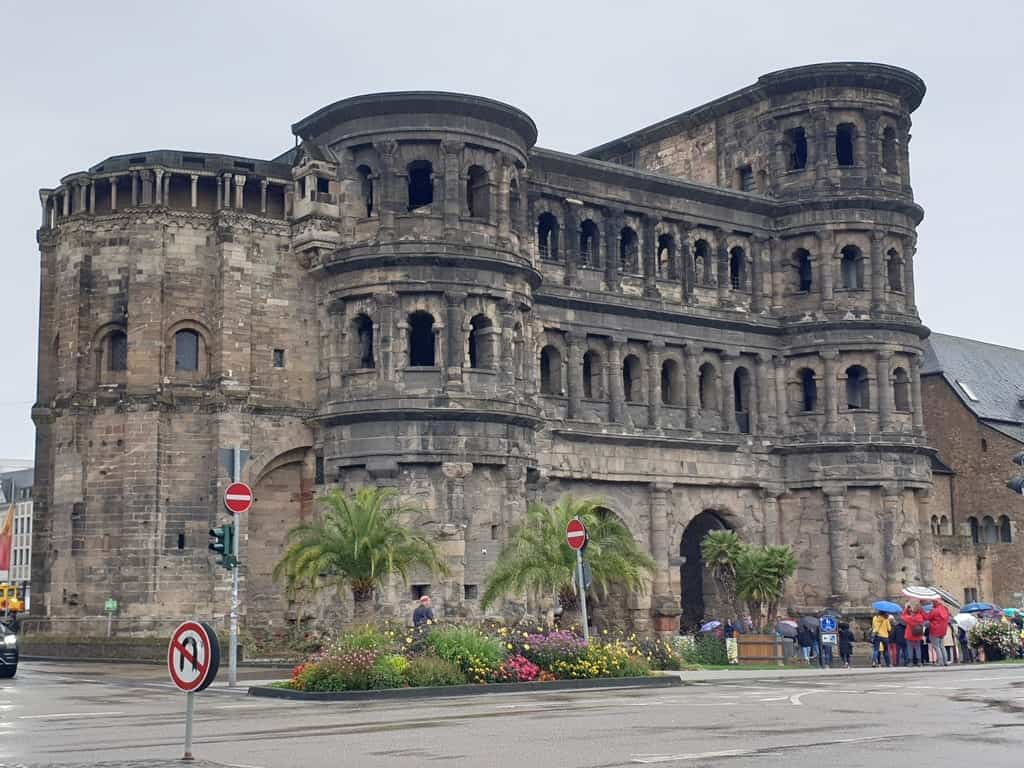
The main Roman gate of Trier is a true icon: it’s the Largest Roman Gate located North of the Alps and still perfectly preserved! It takes its name (meaning “black gate”) from its dark stone. It was built in the first century, but despite its impressive appearance, it’s still unfinished. Trier had another couple of gates during Roman times, but they were destroyed a long time ago.
Step back in time at the Aula Palatina (Konstantinbasilika)
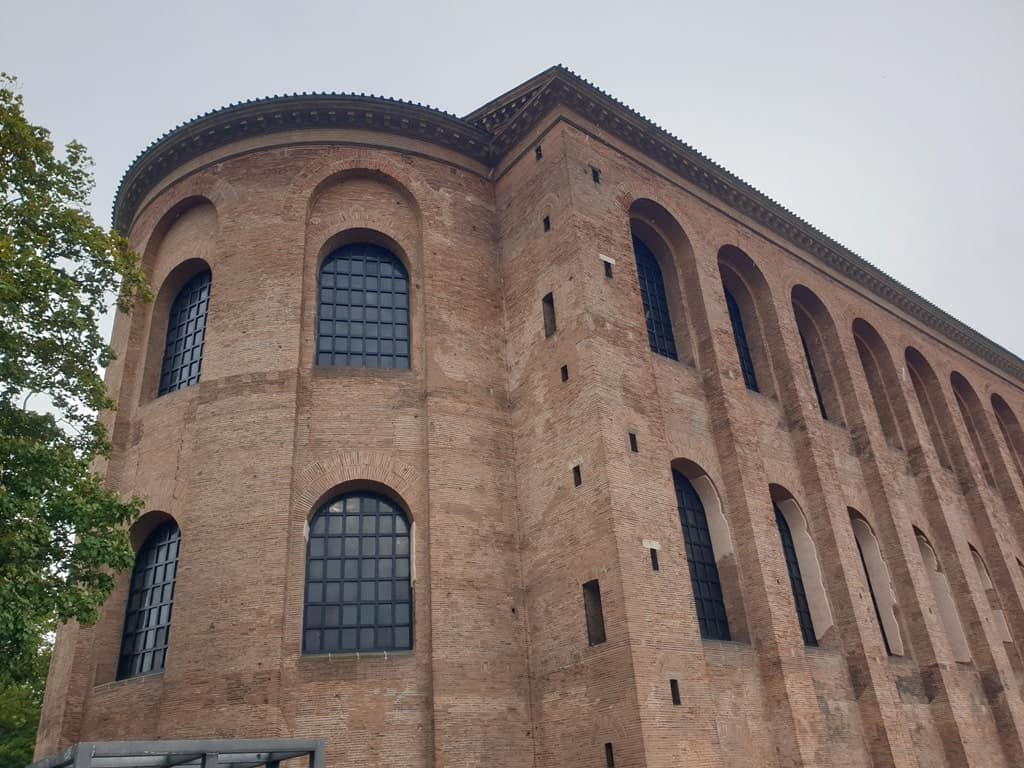
This Roman Basilica was established in the 4th century, and it was Emperor Constantine’s throne hall. At that time, it was the largest basilica with a single hall in the ancient world. It’s still well-preserved, and it surely deserves a visit, even if its interiors are quite simple.
Visit St. Peter’s Cathedral
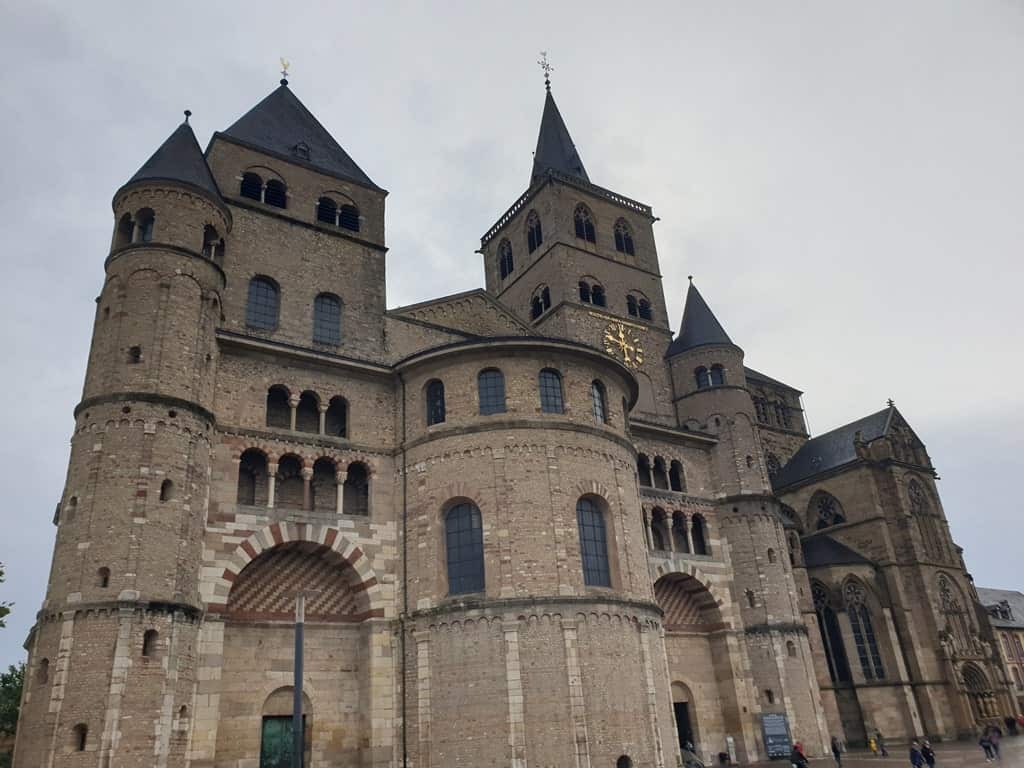
The oldest German Cathedral is located in Trier, and you can still see many traces of its glorious past in the mix of architectural elements and decorations that make it one of a kind. It was built in the 4th century after Emperor Constantine’s conversion to Christianity, and it’s been damaged and rebuilt several times since then.
Now it houses some precious relics making it an important pilgrimage site: the skull of St. Helena, the Seamless Robe of Jesus, and one of the Holy Nails of the Cross.
Have a stroll along Simeonstrasse.
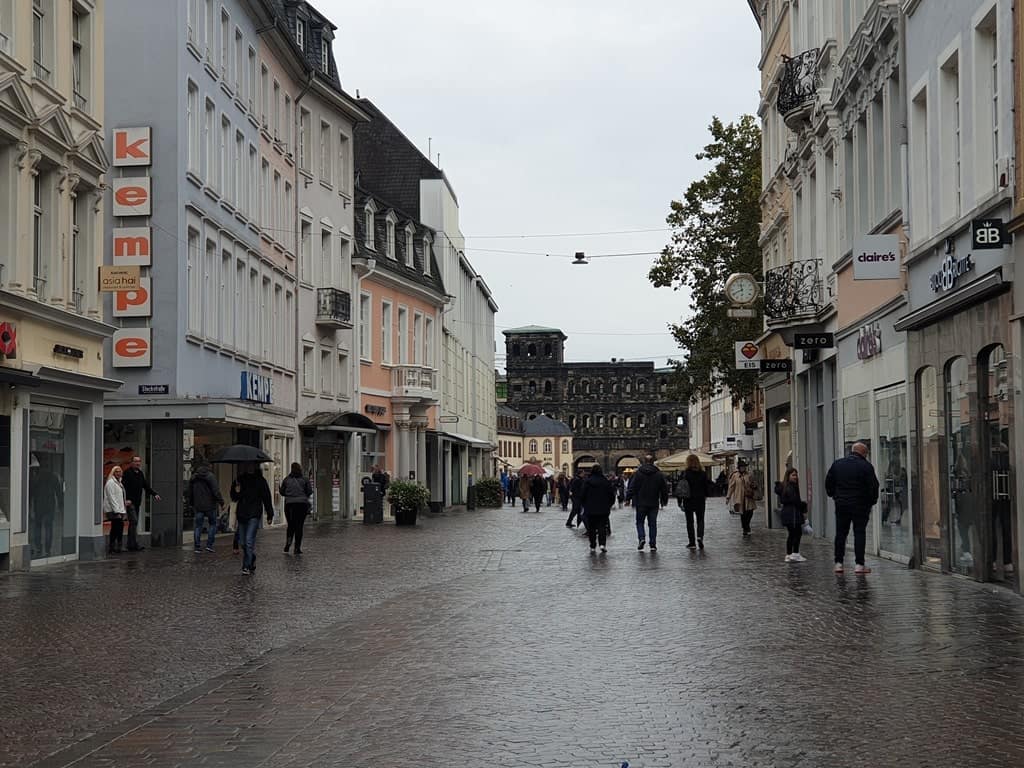
The main shopping street of Trier connects Porta Nigra to Hauptmarkt (Market Square), and it’s rich in restaurants, cafés, and shops. It’s a lovely pedestrian street that is also a meeting point for locals and tourists.
Learn more about the Dreikönigenhaus.
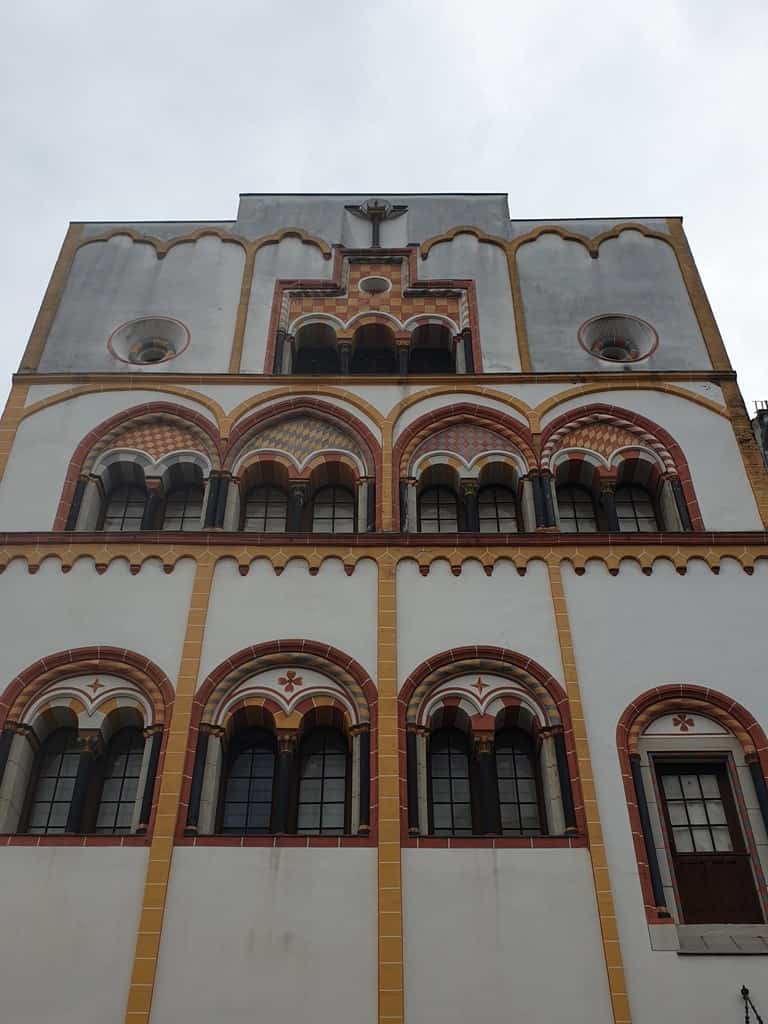
When walking along Simeonstrasse, stop in front of this Gothic building: it’s a private house dating back to 1230, and it takes its name from a painting that was found inside (its name literally means “house of the Three Kings”).
Other than its well-maintained façade, it’s worth a stop to notice a special feature: its main entrance was above the street! That was a safety measure: entrance was allowed by a wooden ladder that was kept inside the house and only used by its inhabitants to go in and out!
Now there are other doors on the ground floor too, but the rest of the building was kept close to its original design. Inside, there is now a cozy café.
Have a break in Hauptmarkt.
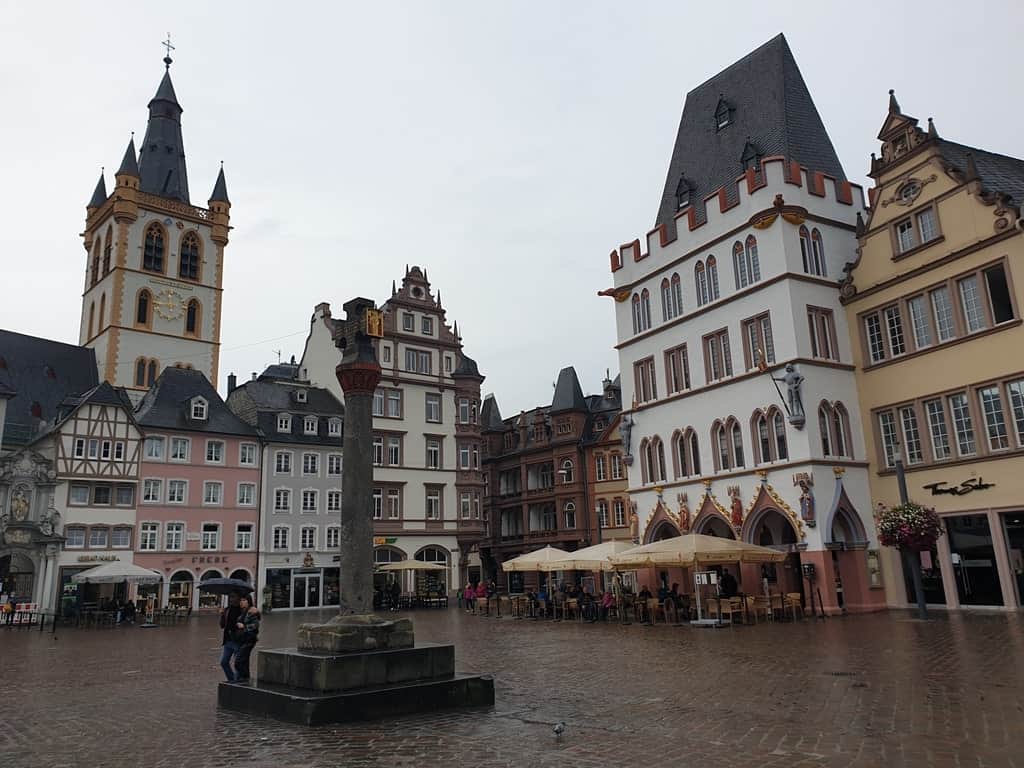
The heart of the city is the vibrant Market Square. Its picturesque look is enhanced by the traditional old buildings and the colorful local market running six days a week. All the main streets of the city center end in Market Square, so you cannot miss it! Its restaurants and cafés make it a great place to spend a night out in central Trier.
Visit the Simeonstift Trier Museum
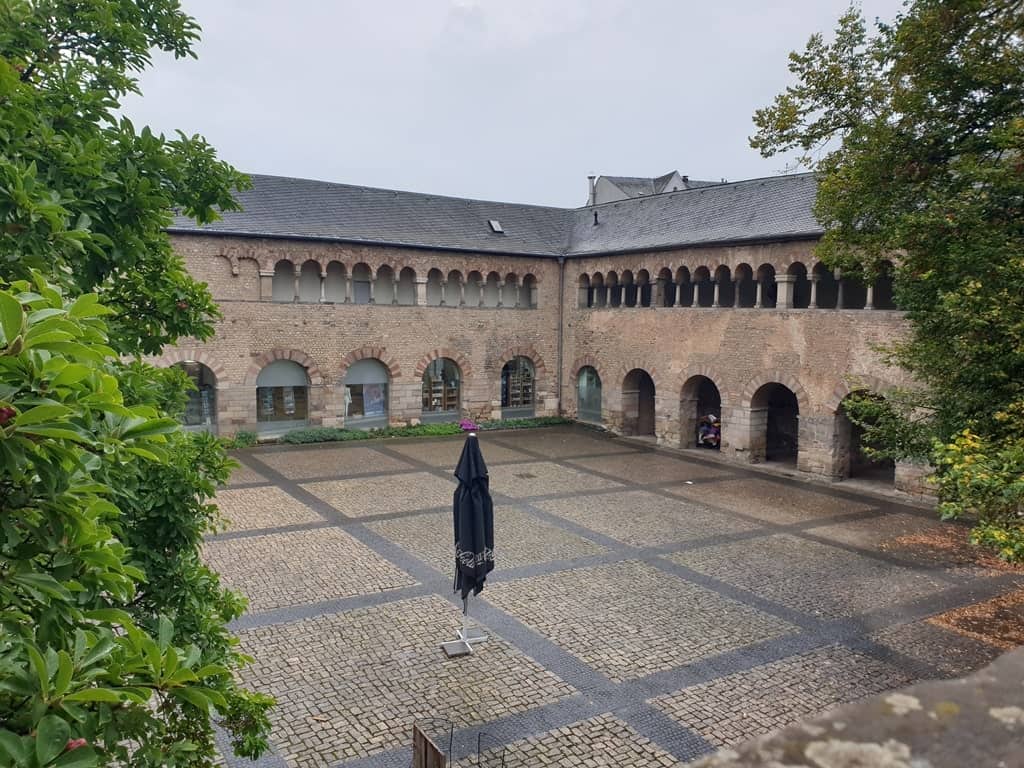
This museum, located next to Porta Nigra displays some original statues and landmarks that you’ve probably already seen elsewhere: the statues of the Cathedral, the Markt Cross, and other artistic masterpieces you’ve seen here and there in town are copies, and the original ones can be seen only inside this museum.
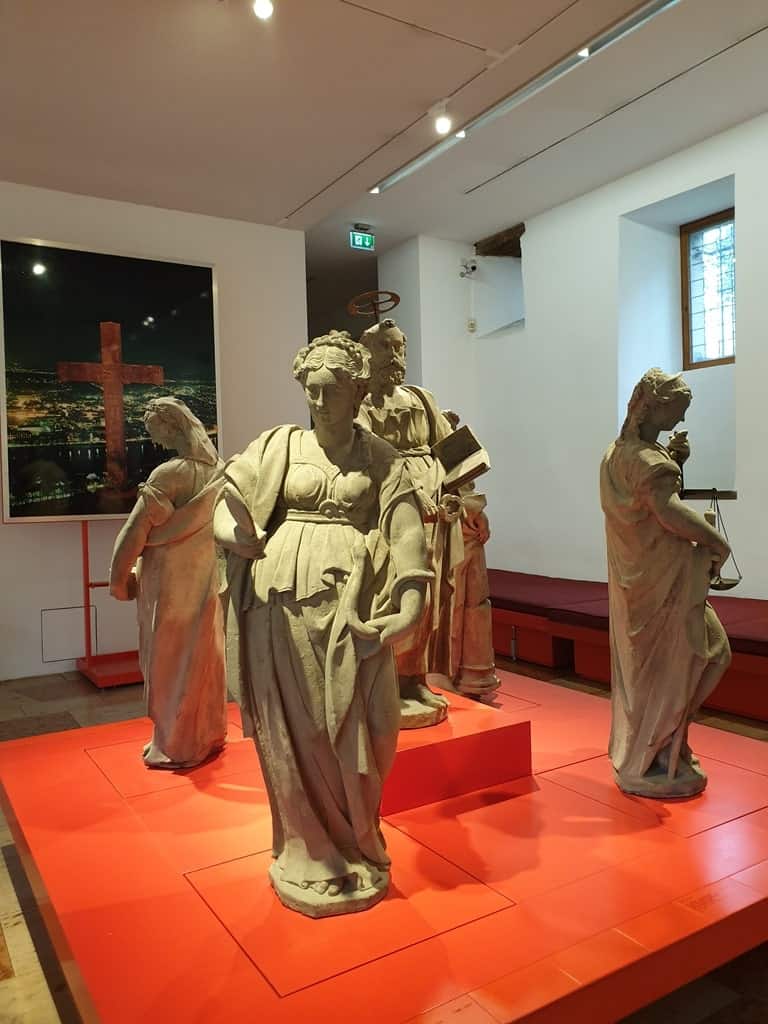
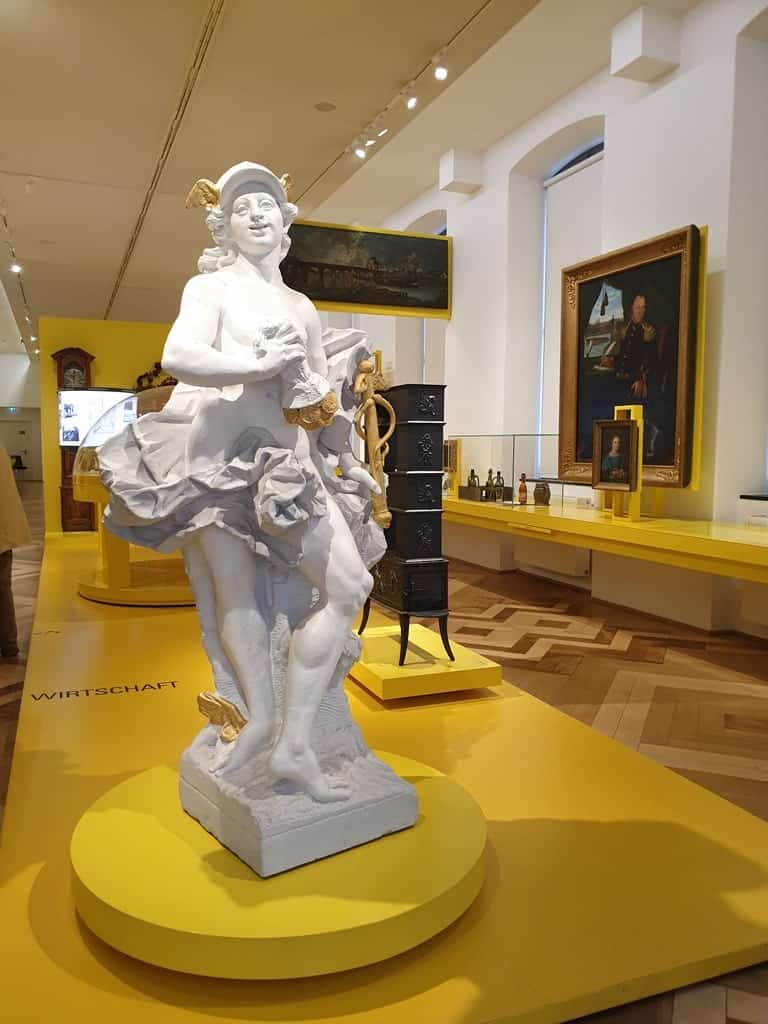
With more than 900 artifacts, this exhibition will teach you some local history through several statues, paintings, and everyday objects especially donated by Trier’s citizens.
Enter the Liebfrauenkirche (Church of Our Lady)
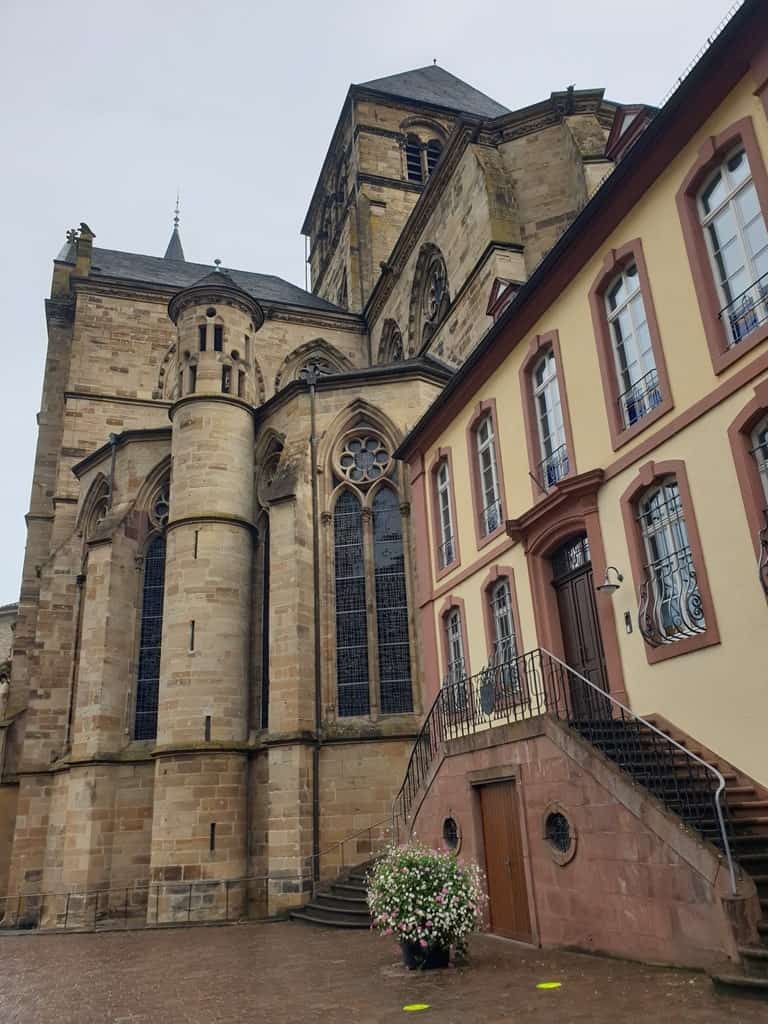
This beautiful Gothic church dates back to the 13th century, and it is worth a visit since it has a special feature: its circular plan reminds of a rose with 12 petals, which is a symbol often used to represent the Virgin Mary! Its 12 petals also recall the 12 apostles.
Learn more about Karl Marx and his life.
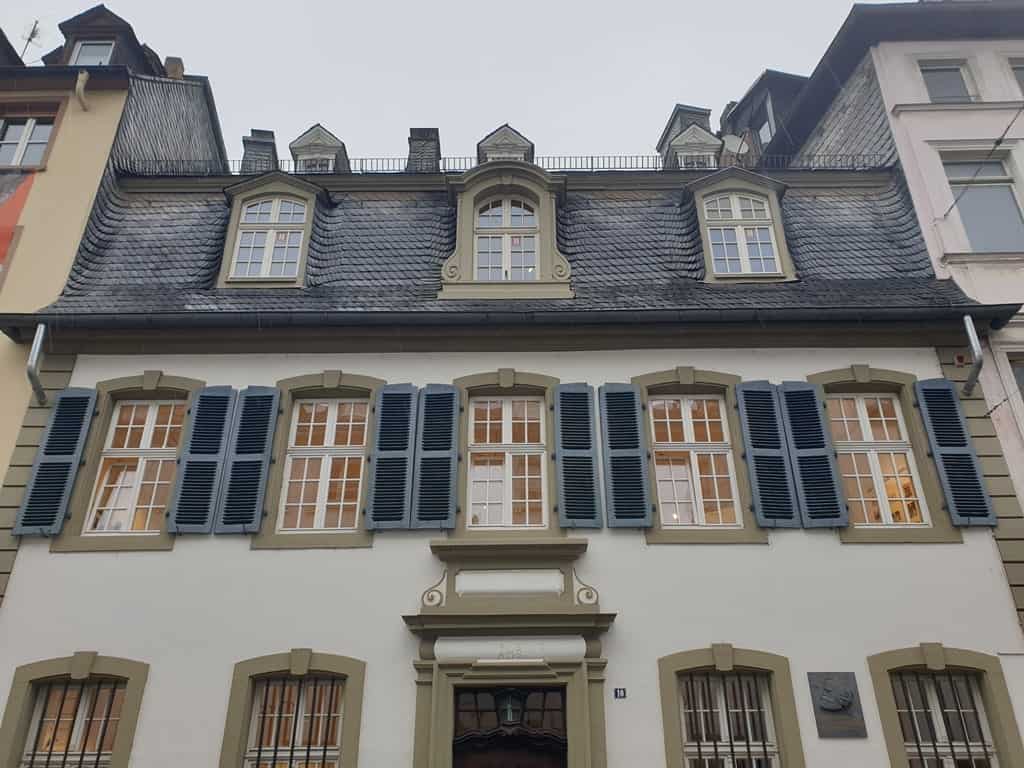
He was born in Trier in 1818, and he spent his first 15 months in a Baroque building located in Brückenstrasse. On the 200th anniversary of his death, a permanent exhibition was set up inside the building to celebrate his life and his works.
You can learn more about the different countries where he lived, his philosophical thought, and his daily habits. There are also several objects that belonged to him, such as the chair where he died.
Have a stroll in the garden of the Electoral Palace.
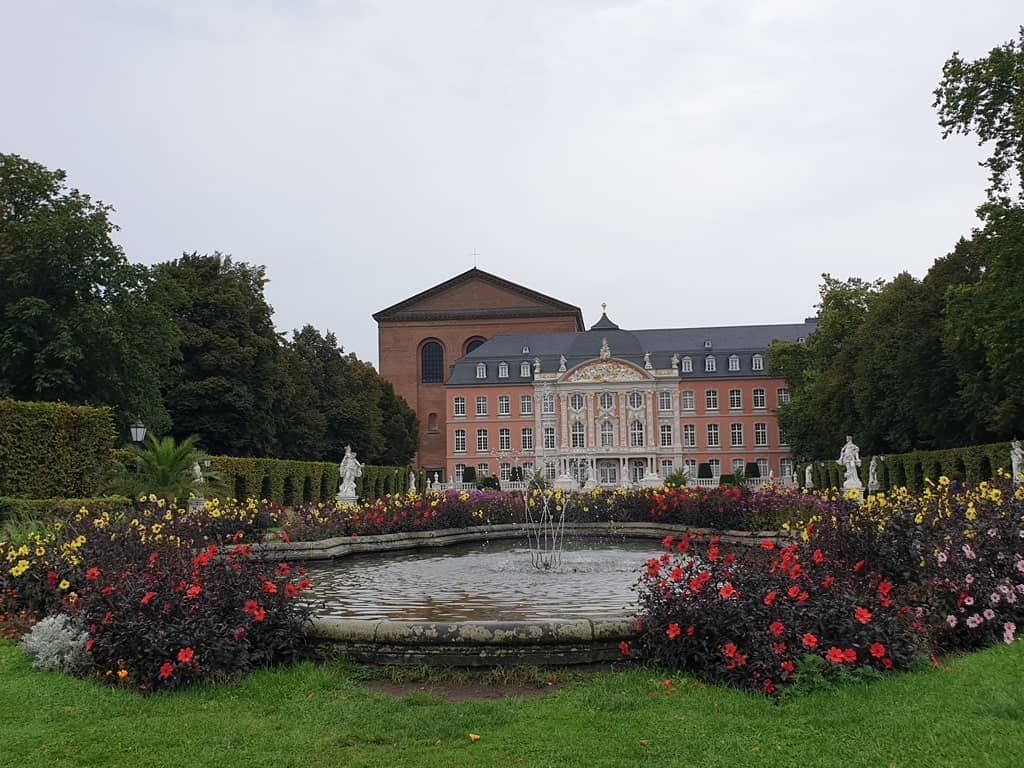
The Kurfurstliches Palais is one of the main landmarks of Trier, but its garden is also worth a stop! It was built in the Baroque style with a pond, several statues and works of art, and a couple of fountains.
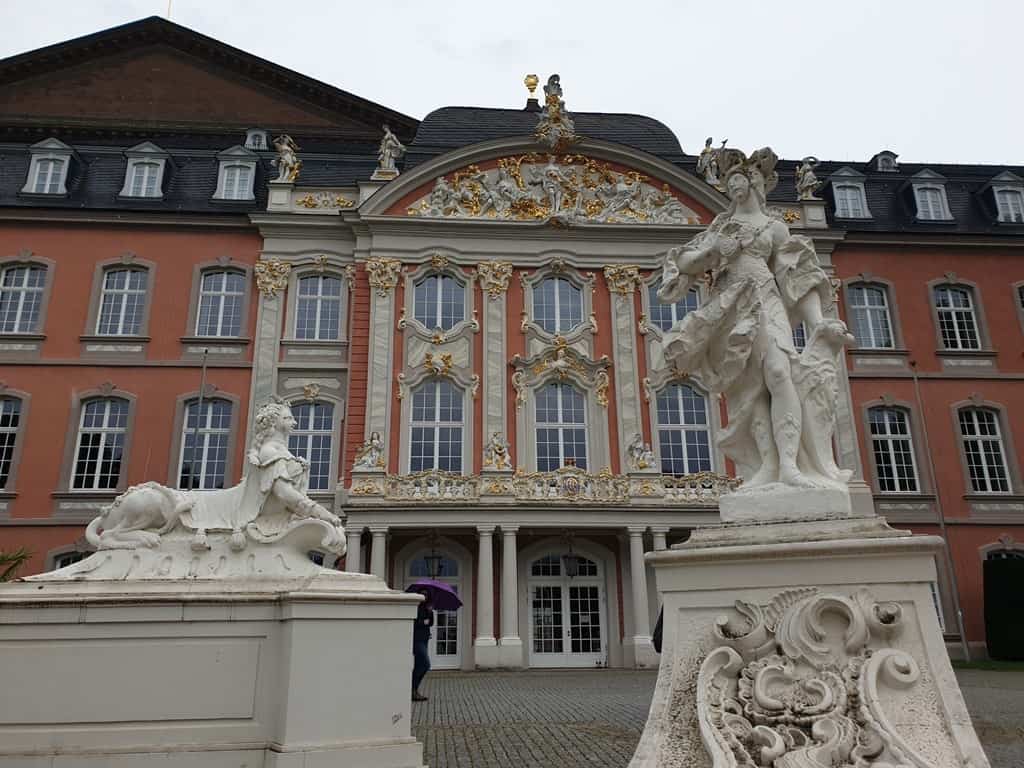
You can first visit the palace to learn more about the prince-electors and their important role in local politics and then have a break outside to enjoy some nature at the heart of the city.
Visit the Imperial Baths (Kaiserthermen)
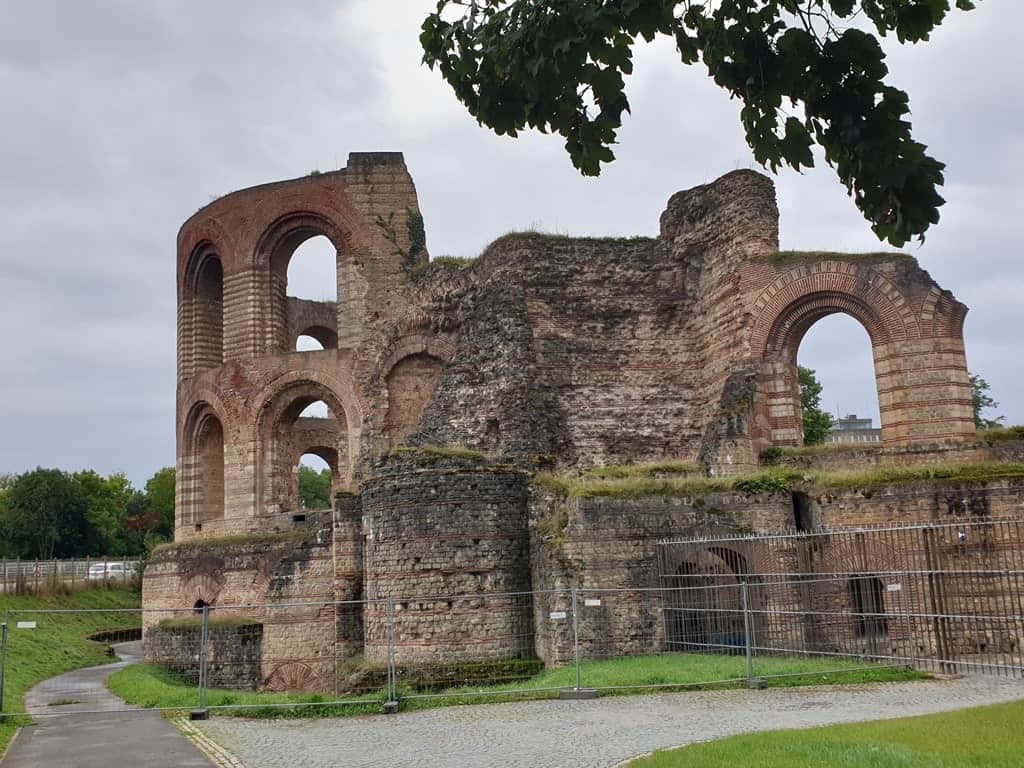
Walking among these ruins is like taking a step back in time since the Imperial Baths are really well-preserved and perfectly maintained. Emperor Constantine wanted to offer a relaxing place to its citizens, and he had this complex built in a luxurious and fancy style you can still see today.
Over the years, the complex has been turned into castles, military barracks, fortifications, and even a monastery!
Enjoy the view from the Mariensäule.
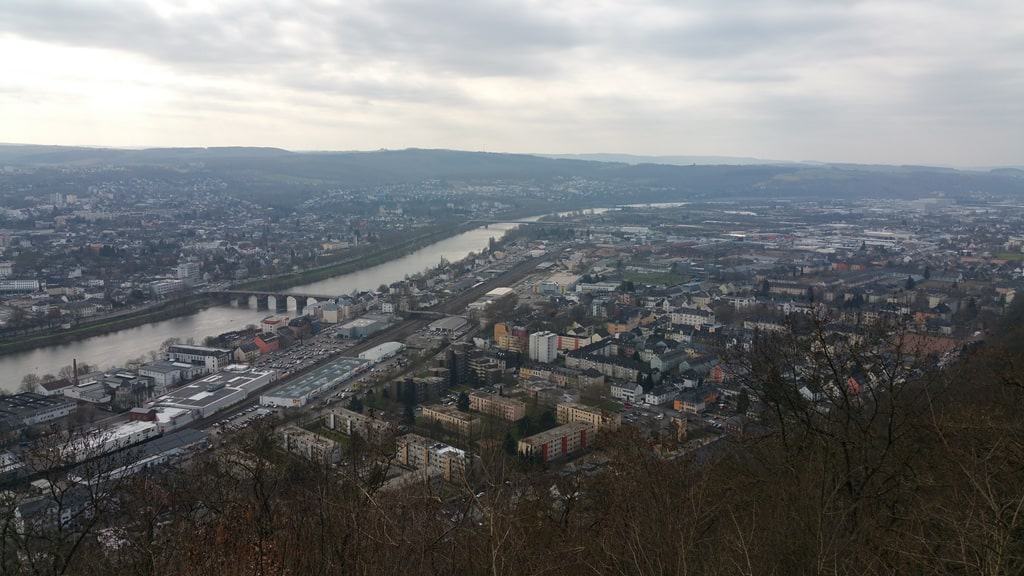
One of the most popular landmarks of Trier is the so-called St. Mary’s Column, which is also a great viewpoint where you can take the best pictures of the skyline and the river. If you climb up to the top of 300m high hills overlooking the city, you’ll be able to see this 40m high column with a statue of the Virgin Mary on its top.
It was built in the 19th century, and it was entirely funded by Trier’s citizens who wanted to establish a Catholic counterpart to the Protestant Basilica, which was the main religious place in town. Don’t miss the night view from there!
Walk along the Roman Bridge
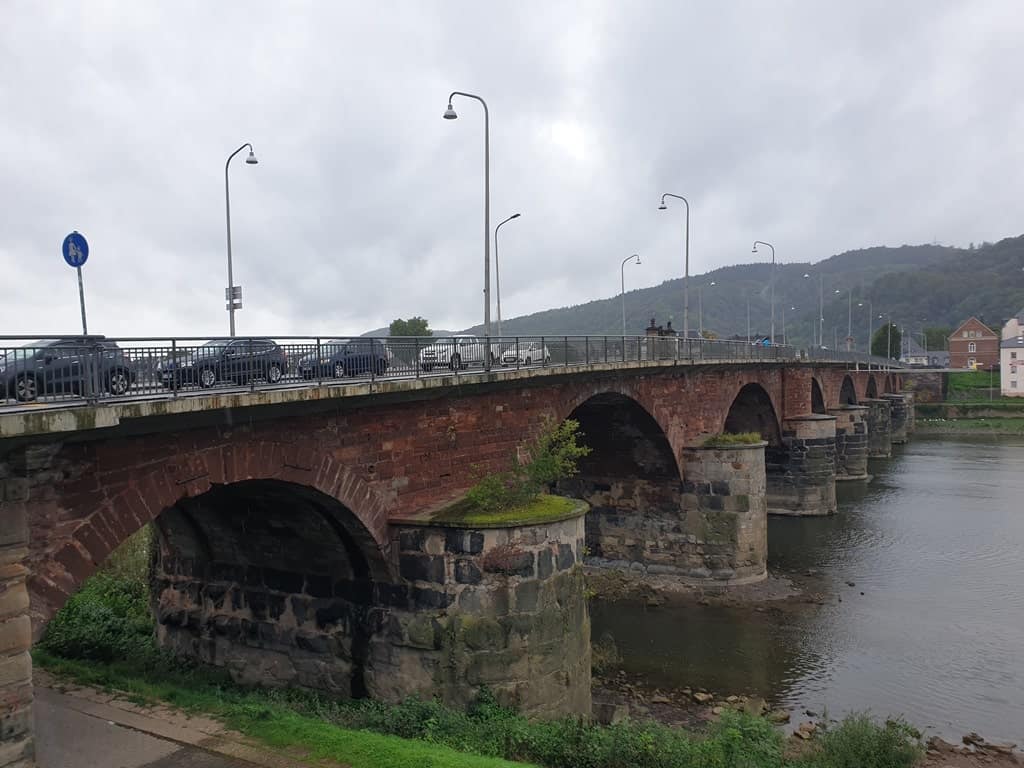
The oldest Roman bridge in Germany is located in Trier. It’s been crossing the Moselle River since the II century, and it was built with black basalt coming from the Eifel mountains.
Be impressed by the Roman Amphitheater.
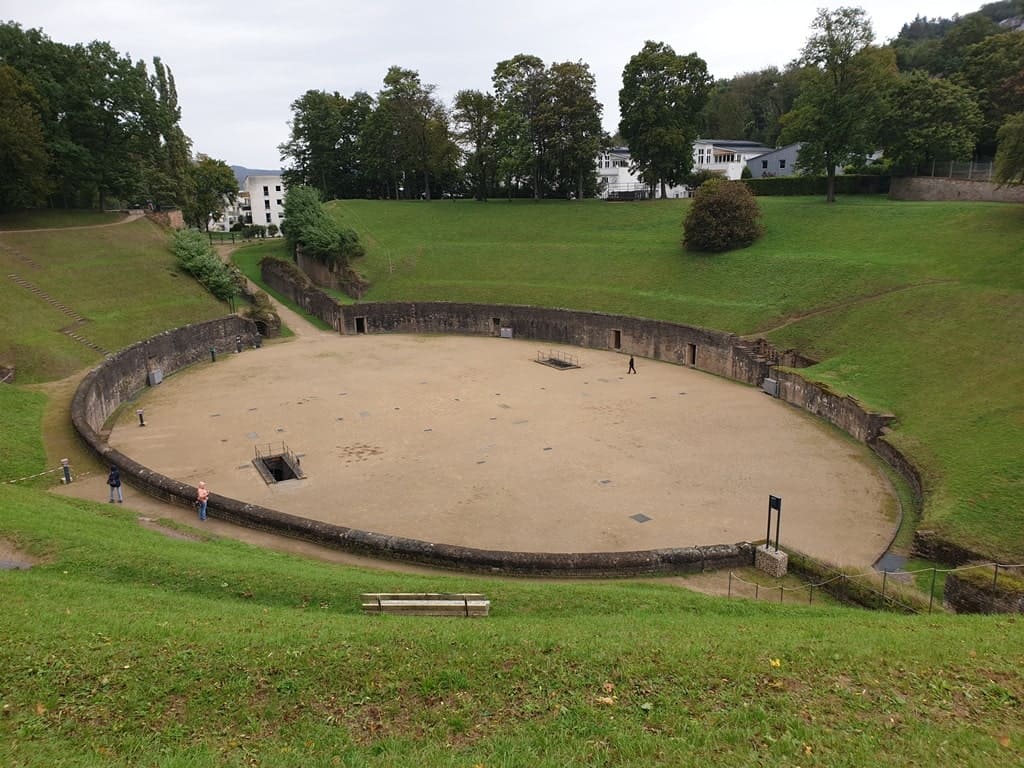
Not far from the Imperial Baths, another Roman landmark is worth a stop: a huge amphitheater that could accommodate more than 20.000 people.
It dates back to the 2nd century, and it was built to house the traditional gladiatorial combats, but also another kind of bloody show: Emperor Constantine “used” his prisoners of war to set up some combats with wild beasts.
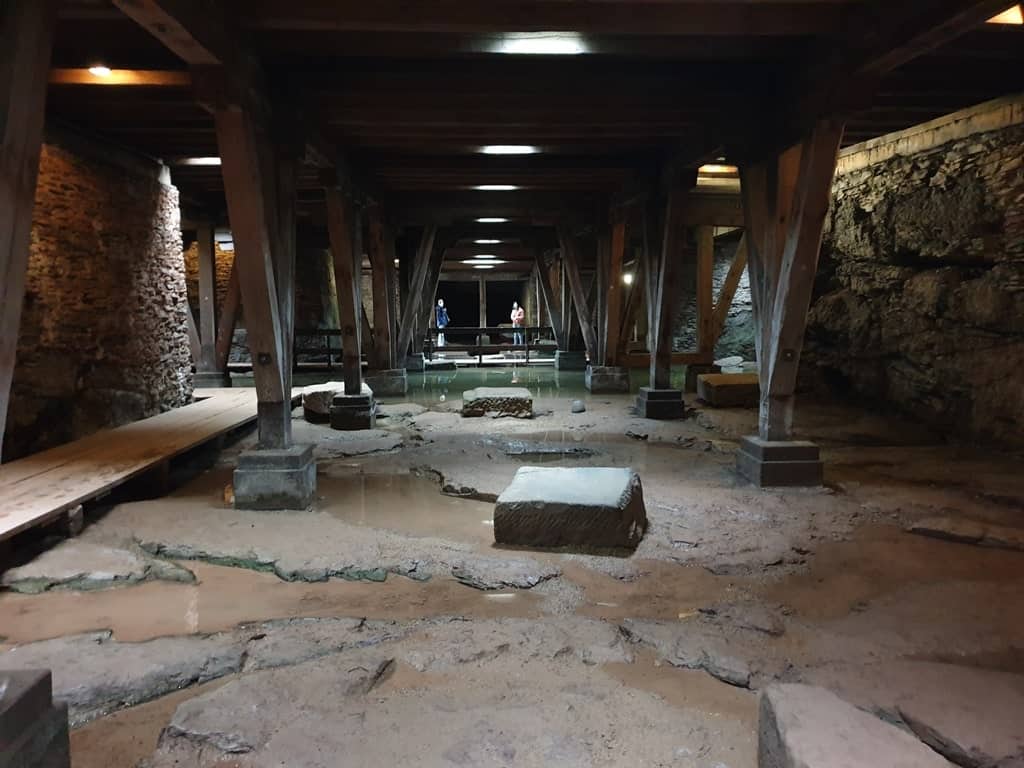
Some tools and machinery used to open up the cages are still visible in the undergrounds of the arena, as well as some equipment used to change the settings on the surface.
Enjoy some wine tastings.
Wine is part and parcel of the Moselle Valley’s culture and history, and no visit to Trier is complete without some wine tastings. Unlike the Rhine River Valley, this region is not so huge, but its nine thousand hectares of vineyards give some of the best German Rieslings and Elblings.
If you want to visit a few wine estates and cellars, head to the villages just outside Trier (Olewig is a great choice because it’s surnamed “Winzerdorf,” which means “wine-making village”!), while if you prefer to stay in town, choose a typical tavern or a wine bar in the city enter and spend a pleasant night out!
Learn more about Trier’s history and archeology in the Rhineland Museum.
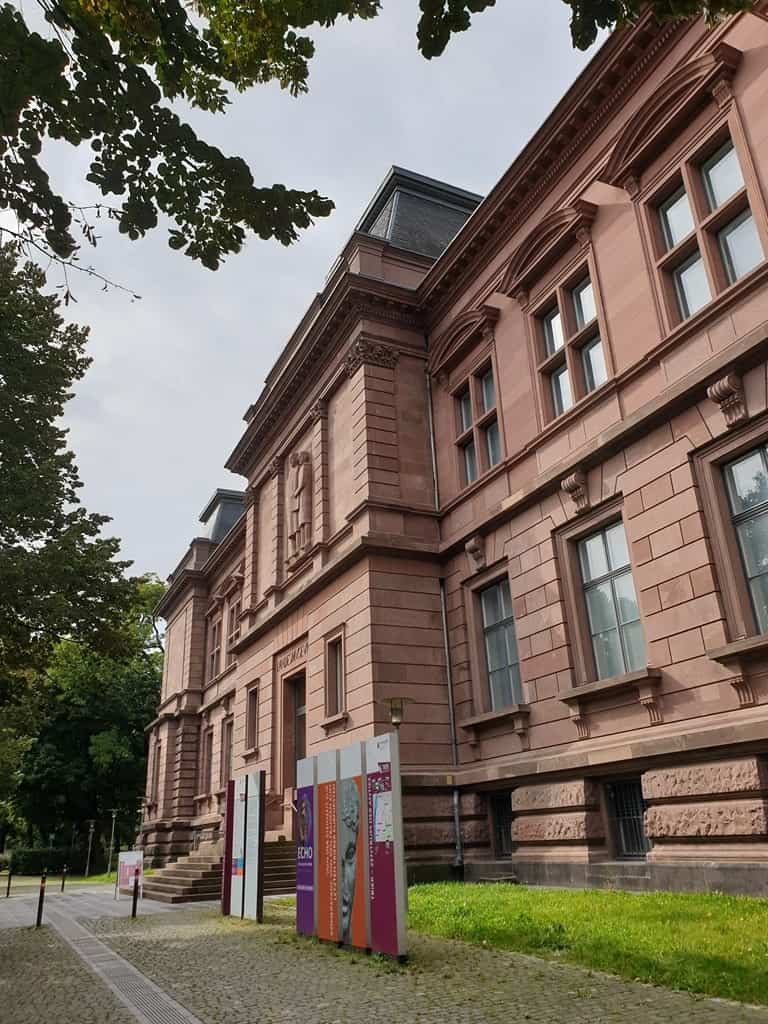
This internationally renowned archeological museum is worth a thorough visit, so save at least 3 hours to wander around its rooms and floors. The itinerary will unfold in several exhibition halls displaying many findings from prehistoric to modern times.
Of course, the largest and most interesting area of the museum is entirely dedicated to the Roman era.
Visit Barbara Baths
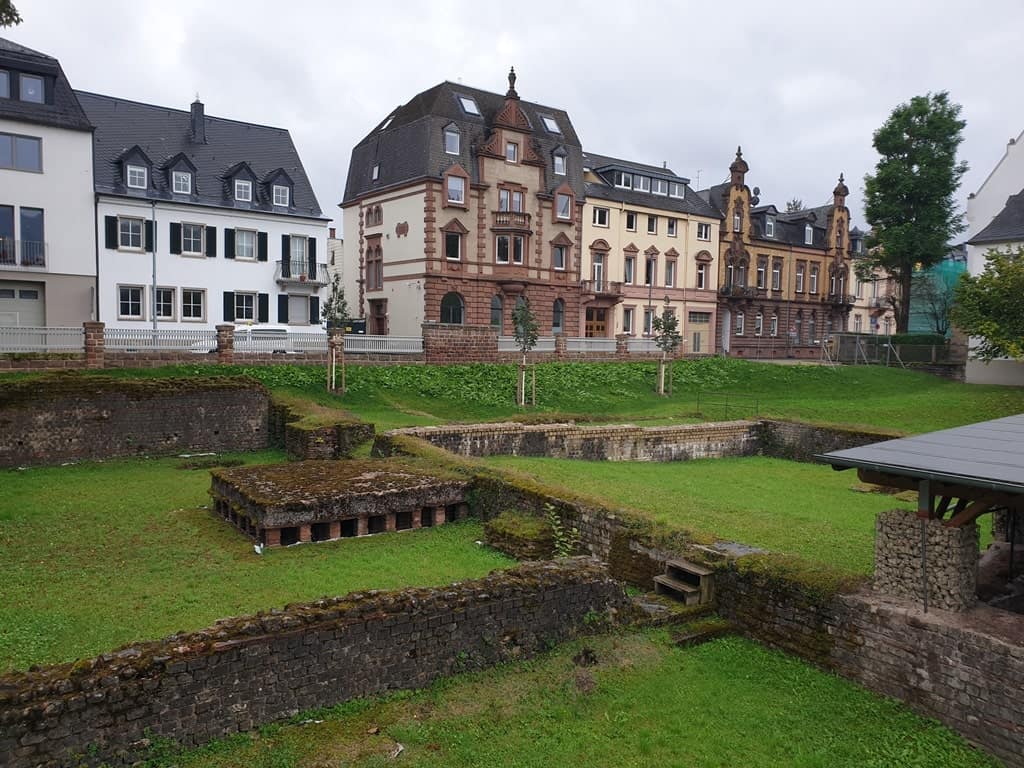
If you can get enough of Roman ruins and archeological remains, walk on till you find Barbara Baths! You can wander among these ruins for free by walking along an elevated walkway which has been set up with a few explanatory panels illustrating the history of the site.
